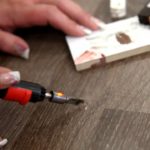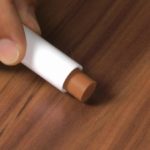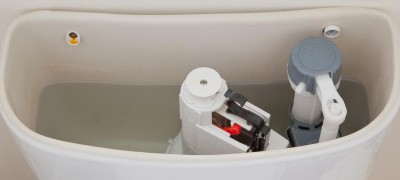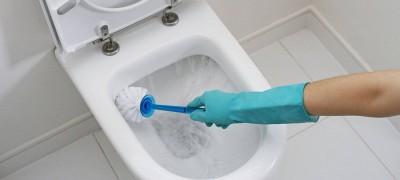Wax Crayon - Furniture Restoration Products
Throwing out an almost new cabinet due to a small crack and a couple of scratches is impractical. And sometimes the renovation of furniture simply does not fit into the family budget of home owners. If you were careless when moving and accidentally damaged the surface of the dressing table, do not rush to buy a new one. You can carry out the restoration at home.
Furniture wax will perfectly cope with this task - an excellent tool for restoring furniture.
Varieties of furniture wax
The appearance of small defects is not a reason to change the furniture. Furniture wax will perfectly cope with masking errors on laminate, wood, varnished and polished solid surface. This restorative material can be liquid, hard or soft.
Soft is used to restore light and dark surfaces with minor defects.
Solid copes with more serious errors. It is thicker and denser, which allows you to more effectively fill and mask voids. Hard wax has the best protective properties (after curing), but needs to be warmed up before use.
Soft wax restorative materials should not be used to restore surfaces that are exposed to intense exposure to harsh chemicals and ultraviolet radiation.

Advantages and disadvantages
Advantages:
- Effectiveness of filling voids and masking defects on ordinary, varnished and laminated surfaces.
- Good water repellency.
- Safety, the presence in the composition of only natural ingredients (vegetable oils, including thermally processed, wood resin, ethers).
- Preservation of the tree structure.
- Fast impregnation and drying, ease of repair.
- Large color palette - it is easy to choose a restoration preparation for the shade of the restored surface.

There are also disadvantages of furniture wax:
- Does not mask all types of damage. Poorly copes with stains resulting from prolonged exposure to moisture and ultraviolet radiation.
- The protective properties are worse than those of varnishes.

How to choose furniture wax
The composition of different types of construction wax is practically the same. If olive oil is used in one product and linseed oil in the other, this will not affect the quality of the restorative agent.
When choosing, you should focus on the nature of the damage:
- Minor damage, large surface area to be treated - soft wax.
- Deep cracks and chips, "spot" restoration - hard wax crayon.
- Large area, horizontal and inclined surfaces - liquid wax.
Liquid wax is not suitable for doors and vertical walls.It is best to use a soft or hard mixture.
How to use wax for furniture repairs correctly
- Prepare the work area. On oak, walnut, ash and other solid wood surfaces without paintwork - only remove dust. If the area to be treated is varnished, remove it with a solvent.
- When restoring with any type of wax, the composition must be soaked and dried. Time is at least 50-60 minutes. The excess mixture is removed with a knife or a piece of plastic, the places where the furniture is restored are polished with a napkin or a clean piece of soft cloth.

Wax crayons (soft and hard)
Wax crayons are suitable for restoring furniture with a small surface area to be treated. The consistency depends on the nature of the defects.
For deep cracks, chips and scratches, choose a hard pencil. It is suitable for wooden window frames from the street side, and for restoring interior elements that are regularly exposed to sunlight. Differs in good plasticity and adhesion.
The hard wax must be melted before application. To do this, you can use a soldering iron, a special wax melter or even a household hair dryer, if it is able to bring the temperature of the material to 95 degrees. This is exactly how much it takes to melt solid furniture wax.
Liquid
Liquid. Its density is reminiscent of drying oil. Suitable for repairing horizontal and inclined surfaces. It can be applied with a spatula, a piece of plastic, or even a clean cloth. Large selection of shades.
The choice of mixture mainly depends on the nature and area of the damage. And, of course, it is better to buy products from well-known manufacturers. Since at home, you are unlikely to be able to test furniture wax for the presence or absence of toxic additives.
Video: remove scratches and chips from furniture








